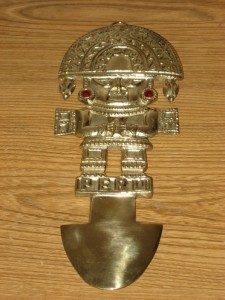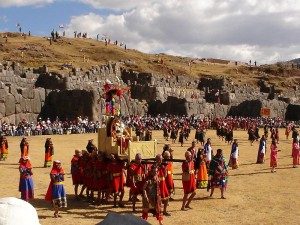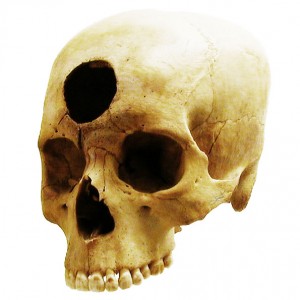The “Tumi”, is a ritualistic knife used by the ancient native peoples of Peru. Tumis are often marvellous pieces of gold-work, bearing precious metals, intricate design and stunning gemstones, native to the country.
This wonderful figurine of elaborated gold and silver …

If you visit Peru and you wish to take advantage of some of the treasures that represent the country, you must head through the maelstrom of … “Tumis for export”! One can easily acquire tapestries, ashtrays, bronze knives and many other items in the form of “Tumis”, but be careful! A better investment would be to seek out the specialised jewellers who offer true works of art with Tumi inspired rings, pendants, and charms crafted from gold and silver, which are often completely decorated with amazing regional gemstones. These are beautiful Tumis. I have seen Tumis with Pink Opals from the region of Machu Picchu, contrasted with delicious combinations of shades of blue in; Blue Opals, Turquoise and Chrysocolla. There are also fine goldsmiths who work with Colombian Emeralds, Diamonds, Sapphires and Tourmaline. The variations are infinite and the pieces are one of the most genuine symbols of Peruvian iconography.
What exactly was the Tumi?

Inti Raymi – Inca Sun Festival
This ancient instrument, is considered the symbol of Peru, is actually a knife that has a very special shape with an even more interesting history. It is a type of dagger or axe, whose blade is a very sharp crescent. The handle usually represents a figure, of an ancient deity – the mythical God- Naylamp – whose head bears a crown in the shape of a crescent with the same proportions as the blade of the knife. Original Tumis were usually about 45 cm long and weighed about one kilo. There are several extraordinary examples of the famous Tumi in gold, In the “Museo del Oro” in Lima, Peru as well as in other museums around the world – including the Ethnographic Museum of Berlin and London’s British Museum. The Tumis originated from the Moche, Chimú and Inca cultures. The oldest pieces were discovered in the 100th century Christian era and it is interesting to see how this utensil remained through time playing an important role in culture.
What was the usefulness of Tumi?

Front Trepanation
It is known from archaeological studies that the Moche culture used to slaughter its prisoners or war with the Tumi, but the period of splendour of this piece was during the Inca culture, where it was donated to the priests who used it as a ceremonial knife to sacrifice animals to the Sun God “Inti Rayme.” It was also given to the bravest soldiers and doctors/healers of the kingdom. It is proven that both the Chimú and the Incas cultures executed, with great success, cranial trepanations with Tumis. Several mummies testify to these interventions. In fact, the famous Aesculapian with a coiled serpent, one of the universal symbols of medical practice, is replaced in contemporary Peru by the silhouette of a Tumi, as can be seen in the isotopes of medical institutions of the country , clinics, etc.. In some entities the Tumi is accompanied by the classic intertwined snakes. Several pieces have been found in which the blade is not of metal but of a piece of Turquoise or Obsidian razed in extreme way and should be extremely sharp and precise for certain cuts.
Luxurious decoration
Being considered a sacred instrument, it was carefully decorated with precious stones and the design of the deity was worked to the smallest detail.
The materials used were gold, silver, copper and bronze.
Naturally the gems that were in the region were used for the decoration of the instrument: Turquoise is practically a constant in the Tumi handles. A precious stone that has been found for more than a thousand years in various Andean areas of Peru. The Peruvian Turquoise shows a beautiful blue-green colour with delicate veins of copper inside. Other gems used in the Tumis are the Chrysocolla, which also boasts incomparable ranges of bluish green, with a less homogeneous matrix that turns it into a much loved gem, Azurite and Malachite. These three gems are obtained in the vicinity of the large copper deposits in southern Peru. They are rich in this metal, are formed by the solidification of sedimentary liquid layers containing different stages of copper oxidation.
Rocks & Co. offers in its collections many of the famous and beautiful gems originating from that land .






